Front yard fashion? What decade are we in?
nativenut
17 years ago
Featured Answer
Sort by:Oldest
Comments (27)
laag
17 years agogardenscout
17 years agoRelated Professionals
Ellicott City Landscape Contractors · Flagstaff Landscape Contractors · Fridley Landscape Contractors · Garland Landscape Contractors · Pompano Beach Landscape Contractors · Seminole Landscape Contractors · Tyngsboro Landscape Contractors · Shafter Landscape Contractors · Benton Decks, Patios & Outdoor Enclosures · Hull Decks, Patios & Outdoor Enclosures · Portland Decks, Patios & Outdoor Enclosures · Reisterstown Decks, Patios & Outdoor Enclosures · West Palm Beach Decks, Patios & Outdoor Enclosures · Wildomar Decks, Patios & Outdoor Enclosures · Stafford Swimming Pool Buildersburntplants
17 years agobarefootinct
17 years agogottagarden
17 years agoginkgonut
17 years agonativenut
17 years agoinkognito
17 years agosammie070502
17 years agoburntplants
17 years agoNell Jean
17 years agoreyesuela
17 years agomomcat2000
17 years agojoepyeweed
17 years agoburntplants
17 years agobahia
17 years agoannieinaustin
17 years agojake
17 years agocatkim
17 years agolaag
17 years agostacyp9
17 years agobahia
17 years agoinkognito
17 years agoCady
17 years agobarefootinct
17 years agoreyesuela
17 years ago
Related Stories
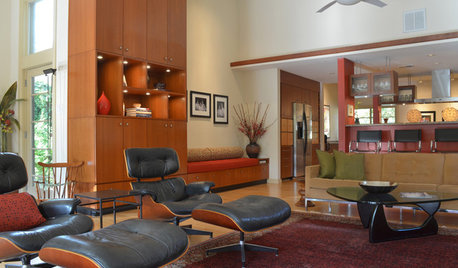
MIDCENTURY HOMESMy Houzz: Two Decades Hone a Ju-Nel Home to Perfection
'Well-marinated' renovations turn a 1959 home in Dallas into a comfortable, open modernist wonder
Full Story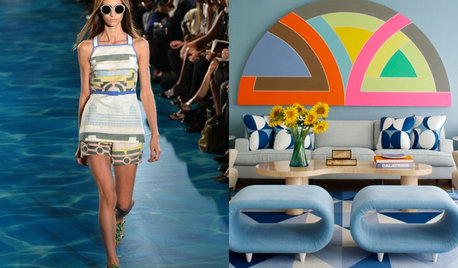
DECORATING GUIDESFashion Week Trends Your Home Will Wear Well
Spring 2014's ready-to-wear clothing collections aren't just for wardrobes
Full Story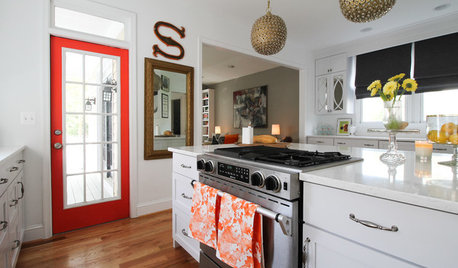
HOUZZ TOURSMy Houzz: Art and Fashion Inspire in a Maryland Family Home
White walls provide a clean backdrop for a downtown home infused with art, pattern and fashion
Full Story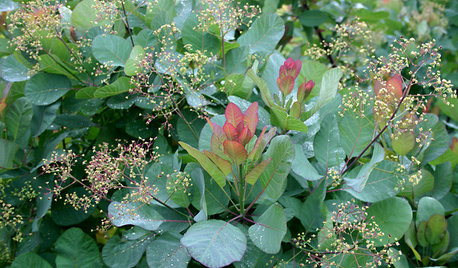
LANDSCAPE DESIGNGreat Design Plant: Old Fashioned Smoke Bush
Balance garden color with this shrub's cool blue-green foliage, luminous when backlit and sporting yellow-green flowers in spring
Full Story
DECORATING GUIDESBlues Blaze Into Fashion for Fall 2012
Sashaying down designer runways and sported by trendy home interiors, this cool hue is looking to be way hot this fall
Full Story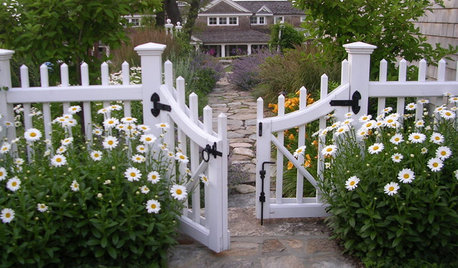
CURB APPEAL7 Ways to Create a Neighborly Front Yard
Foster community spirit by setting up your front porch, paths and yard for social interaction
Full Story
FRONT YARD IDEAS10 Ideas for a Front-Yard Edible Garden Your Neighbors Will Love
Choosing attractive, well-mannered plants and sharing the bounty will go a long way toward keeping the peace
Full Story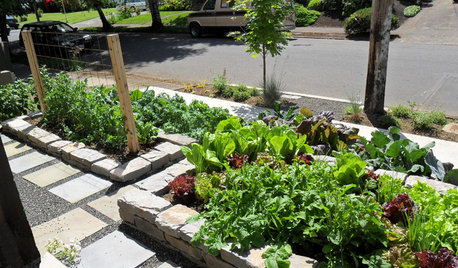
FRONT YARD IDEASWelcome Edibles Into the Front Yard for Fresh Food and More
Give your front yard design a boost and maybe even make new friends by growing fruits and vegetables
Full Story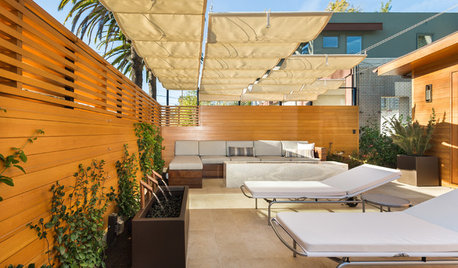
PATIOSPatio Details: A Relaxing Front-Yard Retreat in Los Angeles
A retractable awning, a water feature and an onyx fire feature transform a formerly unused front yard on a busy street
Full Story
EXTERIORSWhere Front Yards Collide: Property Lines in Pictures
Some could be twins; others channel the Odd Couple. You may never look at property boundaries the same way again
Full Story






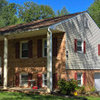

jake